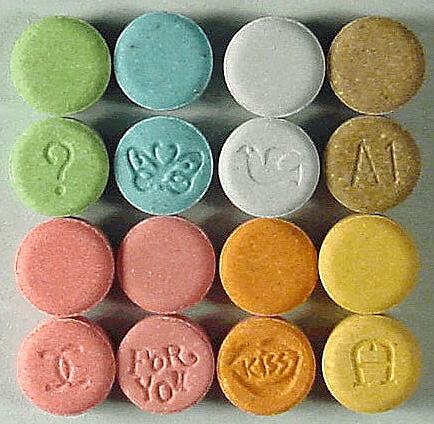Barbiturates Drugs include not only barbiturates but also some sedatives chemically related to them or to alcohol.In addition, some (but not all) drugs commonly referred to as “tranquilizers” produce dependence of this kind; among those that produce barbiturate- type dependence are certain anti-anxiety agents, such as diazepam (Valium) and meprobamate (Equanil, Miltown).
Drug dependence of the barbiturate is a state arising from the repeated administration of drugs of this type on a continuous basis, generally in amounts that exceed the usual prescribed doses.There is a strong desire or need to continue the use of the drug, a need that can be satisfied by the drug used initially or by another with barbiturate like properties.
There is a psychological dependence on the effects of the drug that is related to the way the individual appreciates those effects.There is physical dependence requiring the presence of the drug for the maintenance of equilibrium and resulting in characteristic physical withdrawal symptoms when the drug is stopped.
Tolerance to barbiturate-type drugs does develop and, with relatively low doses, it will become evident within a few days.However, there is – in contrast to the tolerance to morphine-like drugs – an upper limit to the size of dose to which a person may become tolerant.During the chronic intoxication caused by the continual taking of the drug, there is some persistence of the sedative action, ataxia (unsteady gait), etc., on account of the incomplete development of tolerance; this makes the individual accident-prone.
There is also an impairment of mental ability, confusion, increased emotional instability and a risk of sudden overdosage due to the delayed onset of activity, a distorted perception of time, and the relatively limited tolerance to the lethal dose.The withdrawal symptoms are the most characteristic and destructive feature of drug dependence of the barbiturate-type.They begin to appear within the first 24 hours after the cessation of drug-taking, reach a peak of intensity in two to three days, and subside slowly.
Abstinence syndrome
The complex of symptoms that constitutes what is called the “abstinence syndrome,” in their approximate order of appearance, are:
- anxiety
- involuntary twitching of muscles
- tremor of the hand and fingers
- progressive weakness
- dizziness
- distortion in visual perception
- nausea and vomiting
- loss of weight
- precipitous drop in blood pressure
- not infrequently convulsions
- delirium resembling alcoholic delirium
- major psychotic episode.
Convulsions and delirium do not usually occur at the same time; generally, the person may have one or two convulsions during the first 48 hours of withdrawal and then become psychotic during the second or third night.With respect to the psychotic episodes, paranoid reactions, reactions resembling schizophrenia with delusion and hallucinations, a withdrawn stuporous state and panic have all been observed.
In a person with a substantial physical dependence on a drug of the barbiturate-type, unsupported withdrawal of the drug is a life-threatening process. Carefully supervised gradual withdrawal is therefore essential.
Characteristics
- A variable, but often marked, psychological dependence related to the desired effects of the drug.
- A marked physical dependence when the dosage levels are substantially above prescribed levels; if the drug is stopped, the resulting withdrawal syndrome can be life-threatening, especially in the absence of appropriate medical treatment.
- The development of an incomplete and variable tolerance to the different pharmacological effects of the drug.
